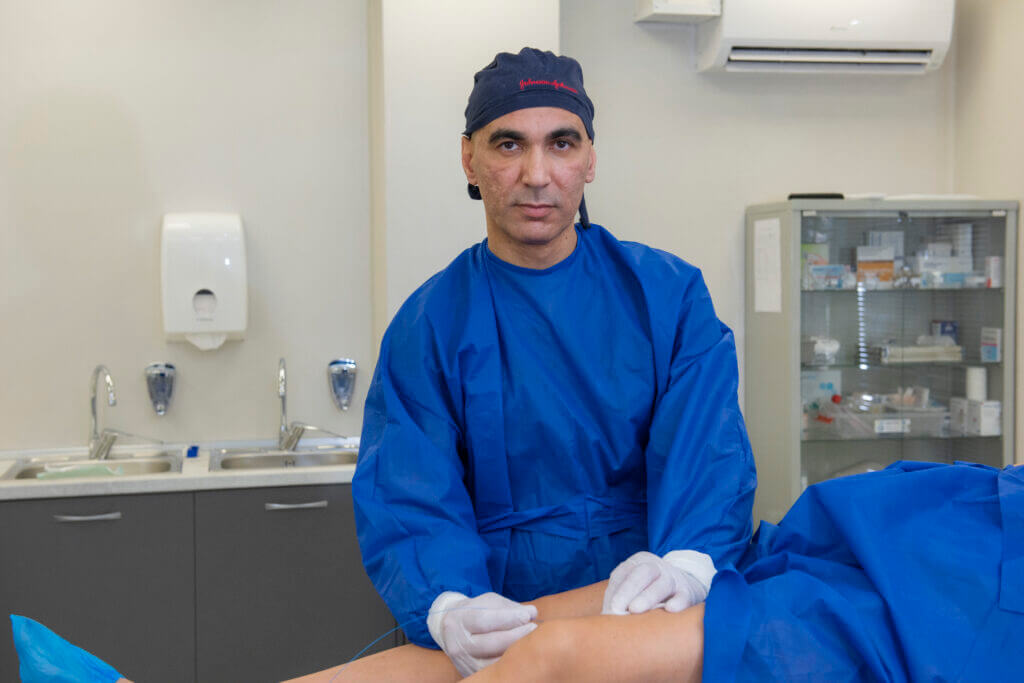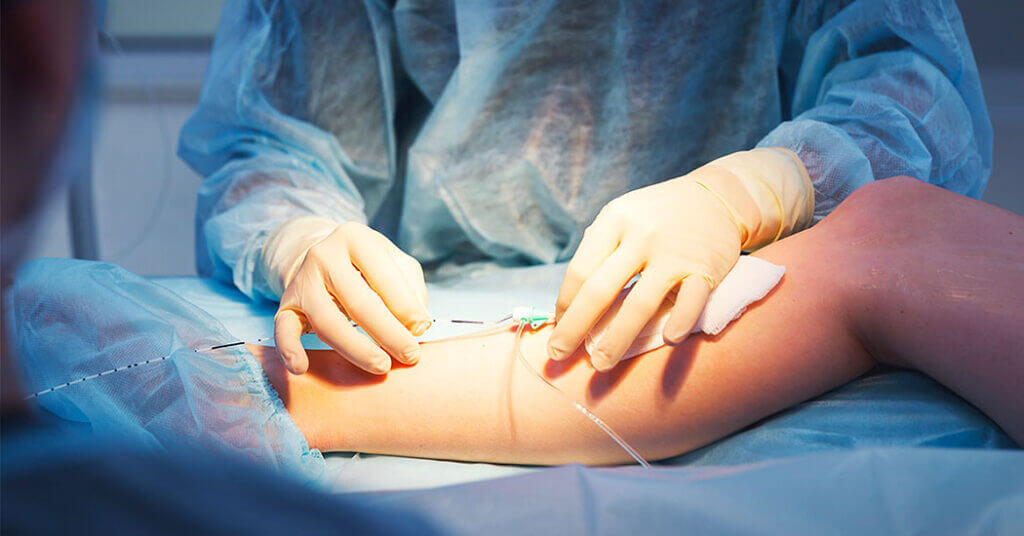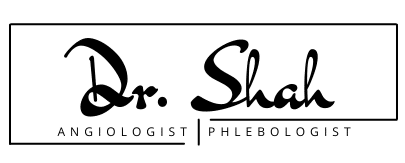Treatment
laser ablation
(evla)
what is laser ablation?
It is used to treat the underlying condition causing varicose veins, correcting both the cosmetic appearance and symptoms associated with the veins.
Endovenous laser ablation is performed on an outpatient basis under local anesthesia and usually takes no more than 1 hour depending on how many veins need treatment.
With EVLA, the doctor uses a small optical fiber inserted directly into the veins being treated, and laser light is used to heat and shrink the veins with damaged valves. The broken veins are absorbed by your body and circulation naturally improves. The procedure is almost always performed under ultrasound guidance, allowing the doctor to see your veins live, for accuracy and safety.
Endovenous laser treatment can eliminate the appearance of varicose veins, but the cause of this condition must be sought and treated more extensively.
Unfortunately, laser treatment cannot treat veins that are too small, twisted and/or close to the surface of the skin. For these cases, sclerotherapy is probably a better option.

advantages of laser ablation
Endovenous laser ablation treatment, also known as laser therapy, is a method that both treats the symptoms of varicose veins and treats the underlying condition that causes them.
Here are a few reasons to consider laser therapy:
High success rate in vein closure
Minimally invasive method
Office-based procedure
No hospital stay
Without general anaesthesia
You can drive yourself after the procedure
You can return to your activities immediately
Improve overall vein health
varicose veins are potentially dangerous
Varicose veins are the result of damaged valves inside the veins of the legs. These valves help to push the blood up to the heart by working against gravity. When these valves do not function properly, lead to the expansion of the blood vessel. Varicose veins and spider veins are examples of conditions caused by chronic venous insufficiency.
Varicose veins are often accompanied by unpleasant symptoms such as pain, swelling, redness and discoloration, heaviness, itching and numbness in the legs. If left untreated, varicose veins can have serious complications such as thrombophlebitis (a blood clot with inflamed veins), deep vein thrombosis (blood clots), skin ulcers (sores that won’t heal) or bleeding varicose veins, all of which can be serious health threats.
what to expect from the procedure
Endovenous laser treatment is an outpatient treatment that takes between 40 and 50 minutes. The needle is inserted into the affected vein in a way that is very similar to a blood sample. A thin thread with a laser attached is then inserted through the needle into the vein, using ultrasound guidance to help the doctor visualize the vein. Most patients experience no discomfort from the insertion of the laser. Local anesthesia is then used to numb the area around the vein and laser. When the area is numb enough, the laser is activated. Finally, the laser is removed, the area is bandaged with a pressure dressing and a compression sock is placed.
The laser causes burns and fibrosis inside the treated vein, closing the vein so that blood no longer flows into it. After some time, the damaged vein is absorbed into the body. The body automatically redirects blood back to healthier veins, so the loss of varicose veins is not a cause for concern.
The Recovery
You can immediately return to your regular activities, although you should avoid exercise and exercise for about a week. After 24 hours, you can remove the pressure bandage and compression sock to shower. Since the procedure does not require stitches, wound care is simple and you can shower as usual after the first day. You should wear a compression sock for a few days after the procedure to speed recovery and minimize any negative side effects.

what are the side effects?
You can immediately return to your regular activities, although you should avoid exercise and exercise for about a week. After 24 hours, you can remove the pressure bandage and compression sock to shower. Since the procedure does not require stitches, wound care is simple and you can shower as usual after the first day. You should wear a compression sock for a few days after the procedure to speed recovery and minimize any negative side effects.
